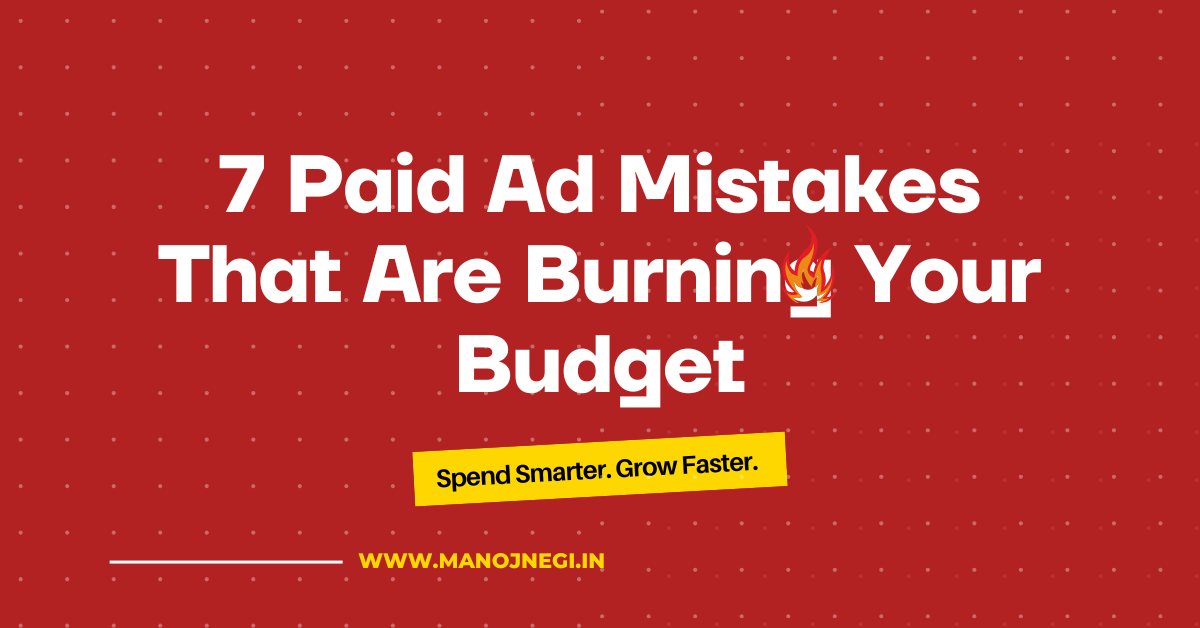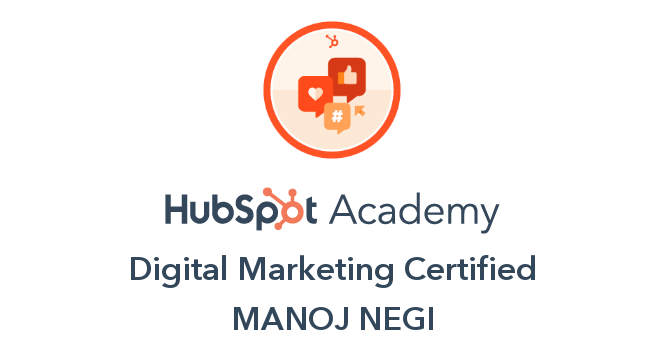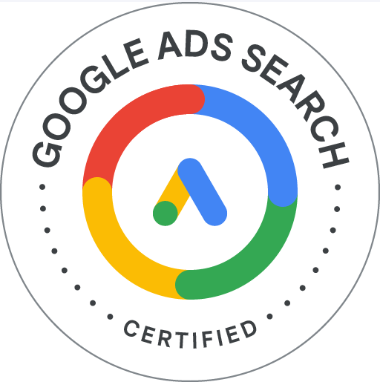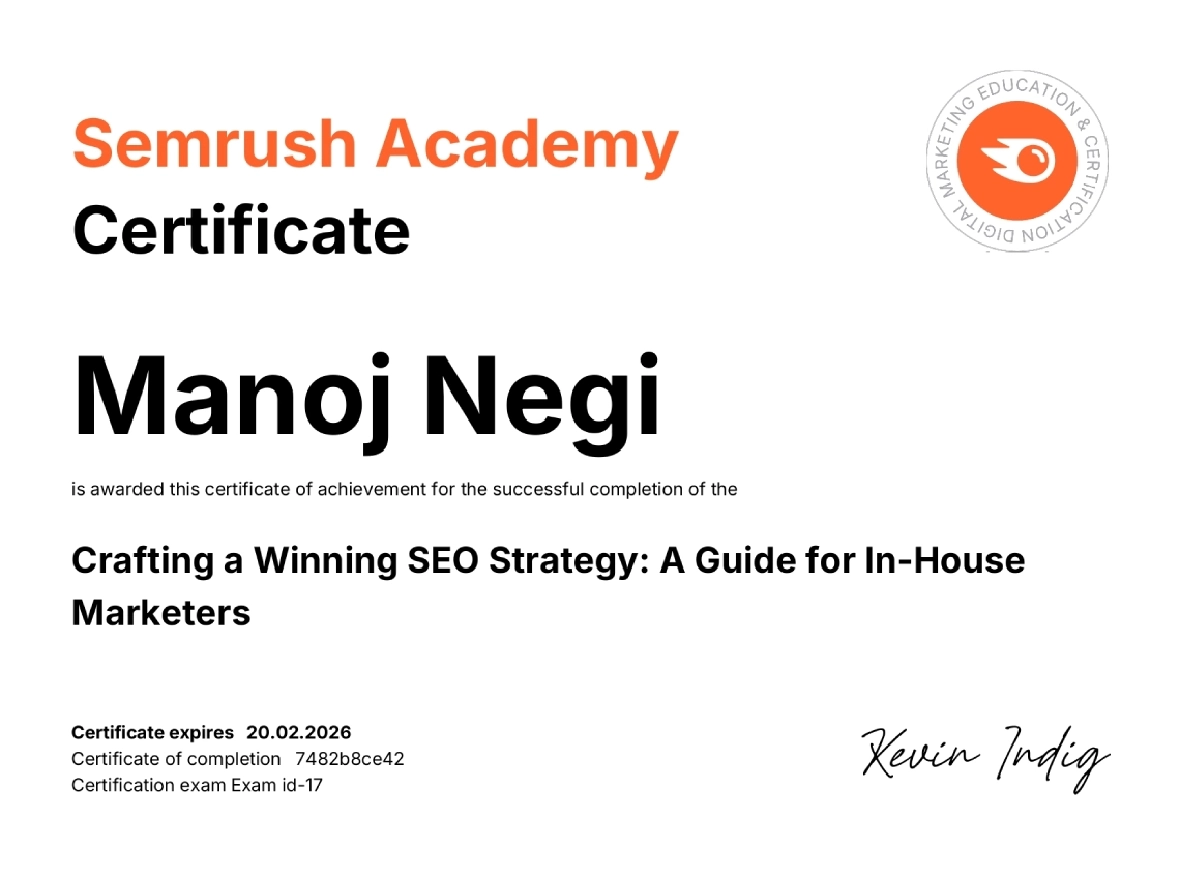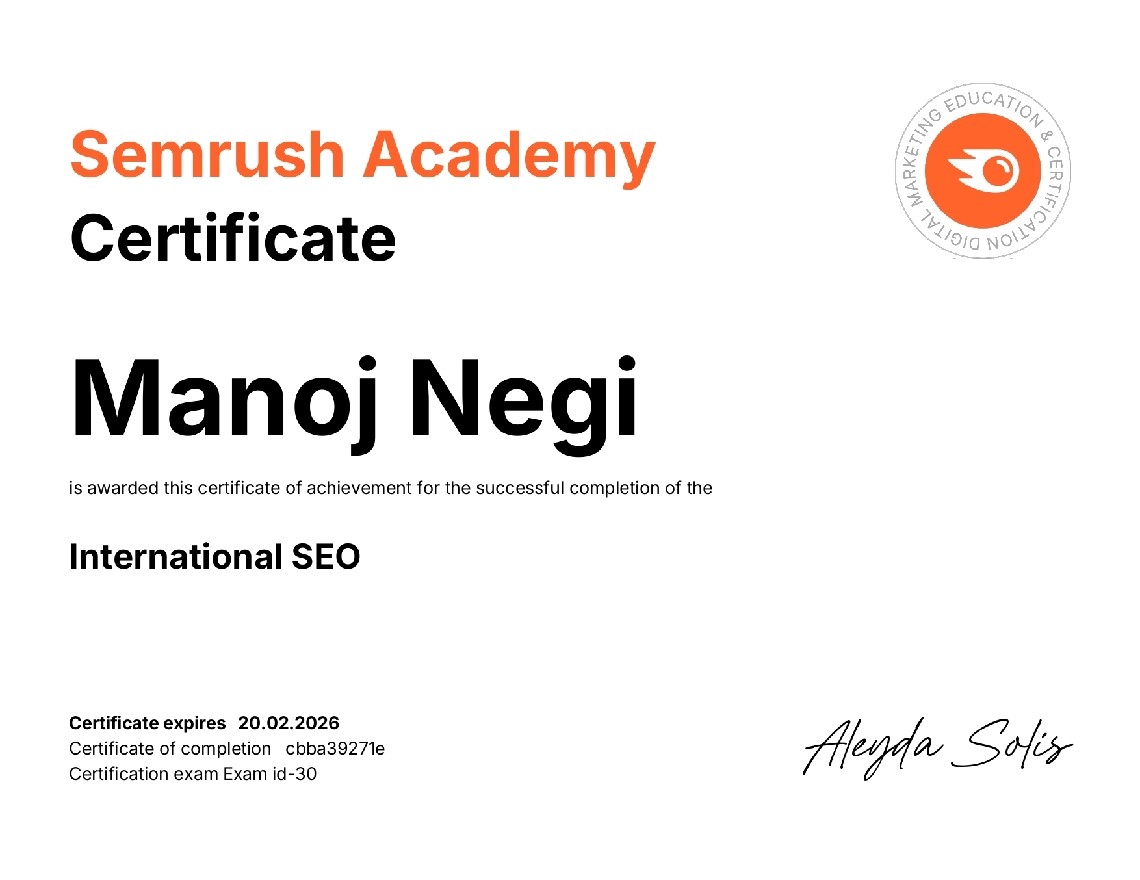Running paid ads is quick and easy. Isn’t it? All you need to do is set a budget, select appropriate keywords, and launch the ad. However, if you think so, it is not like that.
It is just what you see, but there’s a lot a marketer needs to focus on to ensure that ad is not just set right but also delivers a good ROI. If not, these ads will only eat up your budget while giving no results.
Well, if you are confused about how these ads can burn your budget, this post is for you. Here, we are going to talk about some of the common mistakes that marketers make while running paid ads. And those mistakes waste your budget.
Let us have a look at the bigger picture.
7 Paid Ad Mistakes that Waste Your Budget – How to Fix Them?
1. Targeting the Wrong Audience
We must say that this is one of the most common and lamest mistakes one could make while running paid ads. Your ad copy and visuals might be the best, but what if they are not viewed by the right audience? It will not convert. You will see metrics that won’t satisfy your goals and purpose, like low click-through rates (CTR) and high bounce rates.
How to Fix?
Before launching your ad, perform detailed audience segmentation. Most platforms like Google Ads and Facebook Ads offer advanced targeting options. There, you can segment your audience based on their behavior, demographics, interests, and more. Investing some time in audience segmentation will help you deliver the message to the right people, especially those who are likely to convert. Additionally, regularly review performance metrics to confirm whether the ad is performing as expected or not.
2. Avoiding Negative Keywords
Paid ads need to be very specific. You must know for which search queries they should appear and for which ones they should not. This is where the concept of “negative keywords” comes in. If you ignore negative keywords, your ad will appear for irrelevant searches while eating up your budget. As a result, you will experience poor conversion rates, low quality scores, and irrelevant clicks.
How to Fix?
Monitoring your ad performance is crucial for campaign success. Regularly review your analytics to detect low-converting or misleading traffic sources. Add irrelevant search terms to your negative keyword list to avoid wasting budget on mismatched queries. If you’re looking to enhance your campaign efficiency, it’s time to hire digital marketing expert India who can fine-tune your strategy and maximize ROI.
3. Not Tracking Conversions Properly
Running ads without tracking conversions is like writing on a white paper with white ink. If you don’t know what’s working, you can’t optimize your campaigns effectively. Eventually, you will have no insights into ROI, inability to scale what is working for you or not.
How to Fix?
Set up proper conversion tracking using tools like Google Analytics, Facebook Pixel, or your ad platform’s native tracking system. Track actions that align with your business goals, such as purchases, form submissions, or phone calls. Make data-driven decisions to pause or scale campaigns based on performance.
4. Using Generic Ad Copy and Creatives
In a crowded digital landscape, bland and generic ads don’t stand out. If your ads lack relevance, emotion, or a clear value proposition, they’ll be ignored. Doing so will result in low engagement and CTR, along with missed opportunities to connect with your audience.
How to Fix?
Craft compelling copy that speaks directly to your audience’s pain points and desires. Use strong calls-to-action (CTAs) and test multiple variations of headlines, visuals, and formats. Incorporate urgency, benefits, or social proof to make your ads more persuasive. A/B test creatives regularly to find out what resonates best with your audience.
5. Sending Traffic to Poor Landing Pages
You’ve paid to get users to click, but where you send them matters just as much as the ad itself. A slow, confusing, or irrelevant landing page can kill conversions instantly. Now, if you fail to direct users to the right page, get ready for high bounce rates, low conversions, and poor quality scores.
How to Fix?
Ensure your landing page aligns perfectly with your ad message. Keep it focused, fast-loading, and mobile-friendly. Minimize distractions, include clear CTAs, and optimize for the desired action (purchase, sign-up, etc.). Tools like Hotjar or Google Optimize can help you test and improve landing page performance.
6. Ignoring Mobile Optimization
You must know that most searches on Google are made via mobile phones. Hence, if your landing page is mobile-optimized or broken on mobile phones, you’ll lose leads as well as your budget.
How to Fix?
While running paid ads, you must ensure that your target page opens quickly on mobile phones and is responsive. Additionally, test your landing page before launching the campaign to confirm that everything is right.
7. Creating a Single Ad Campaign for Everything
An unstructured campaign set up will make it impossible for you to analyze results, troubleshoot issues, and optimize it. What many advertisers do is include all keywords, audiences, or ad sets together in a single campaign. Such a practice results in poor visibility, difficulty in optimization, and wasted budget on underperforming elements.
How to Fix?
Organizing your Google Ads campaigns by product or service categories offers more control over keyword targeting, budget allocation, and ad copy relevance. For example, running separate campaigns for SEO services, PPC management, and content marketing ensures that each category gets the right attention and messaging. This structure also makes it easier to measure performance and scale winning campaigns.
Bonus:
8. You Set It and Forget It
Paid ads are all about testing and optimization to get optimal results. Setting an ad campaign and just forgetting about it will get you nowhere. All it will do is waste the budget and cause audience fatigue over time.
How to Fix?
You must review ad campaigns periodically, be it daily or weekly. Additionally, it is also important to A/B test the ads, adjust bids, and change creatives for better optimization.
Conclusion
When it comes to growth, paid ads offer a great weightage. However, they need to be managed smartly. If you can avoid the above-mentioned mistakes, you’ll be able to put your money with the right intent and get better returns in terms of revenue and qualified traffic.
Remember, paid media success is never about “set it and forget it,” it’s about smart spending, constant learning, and strategic refinement.

